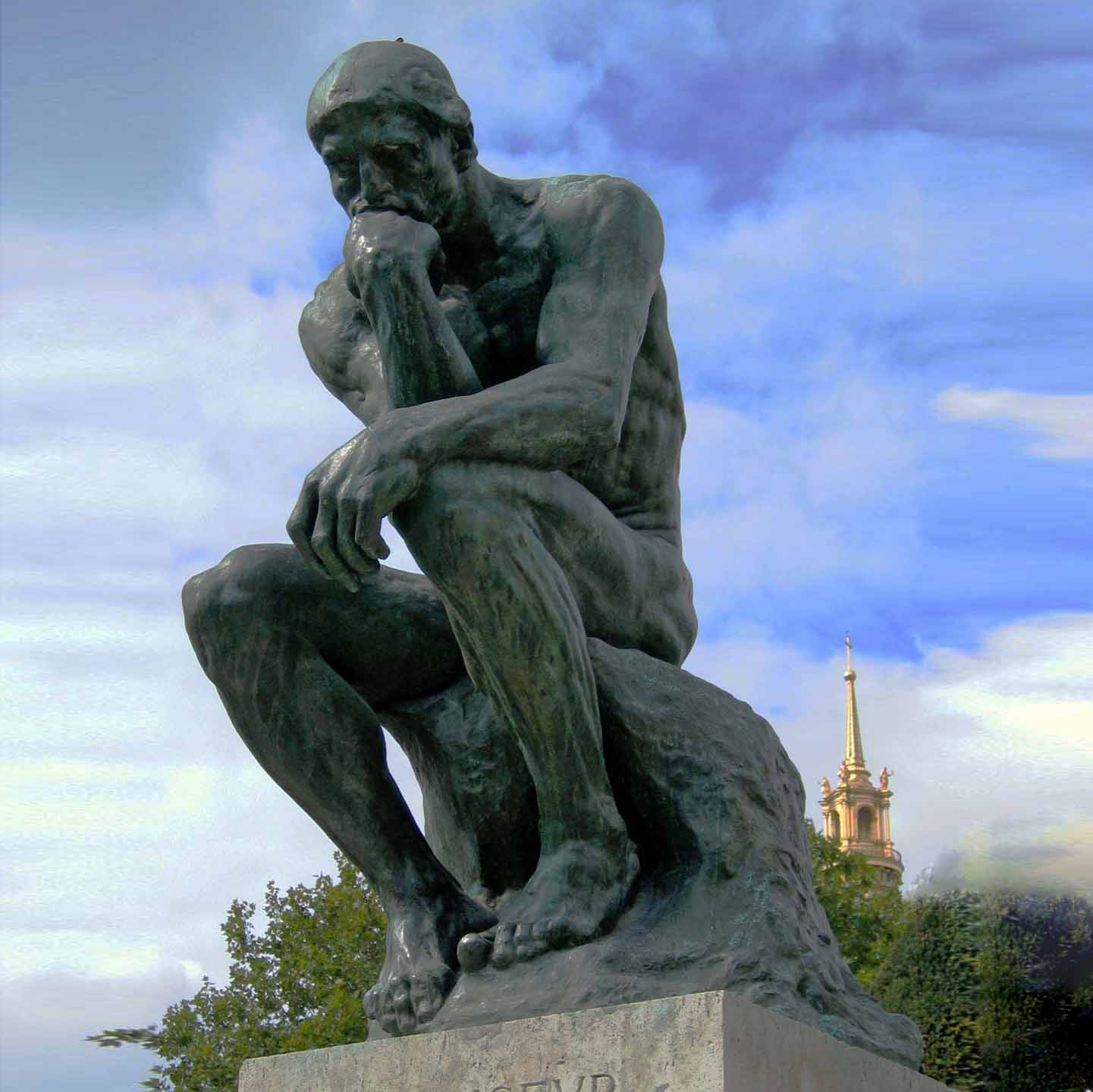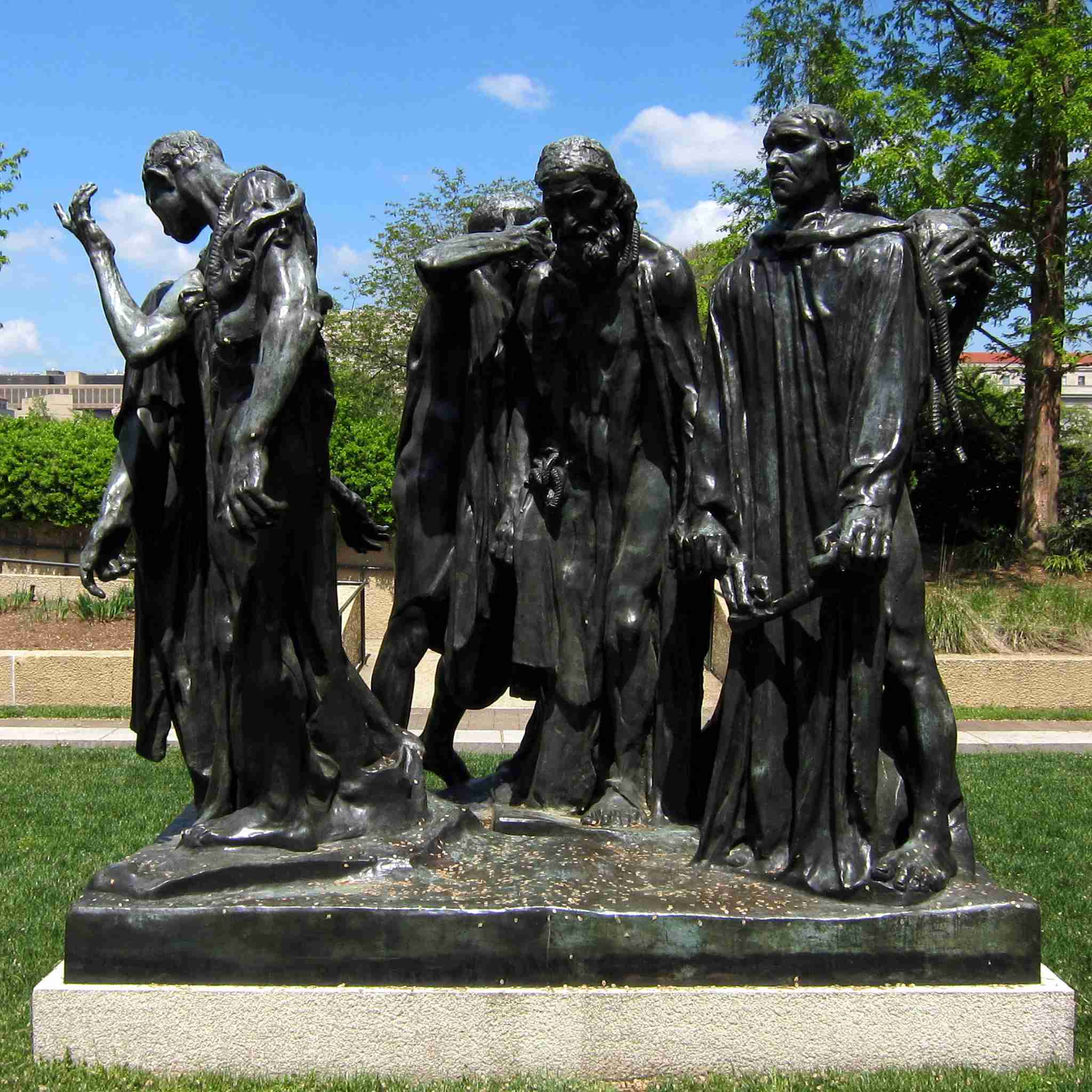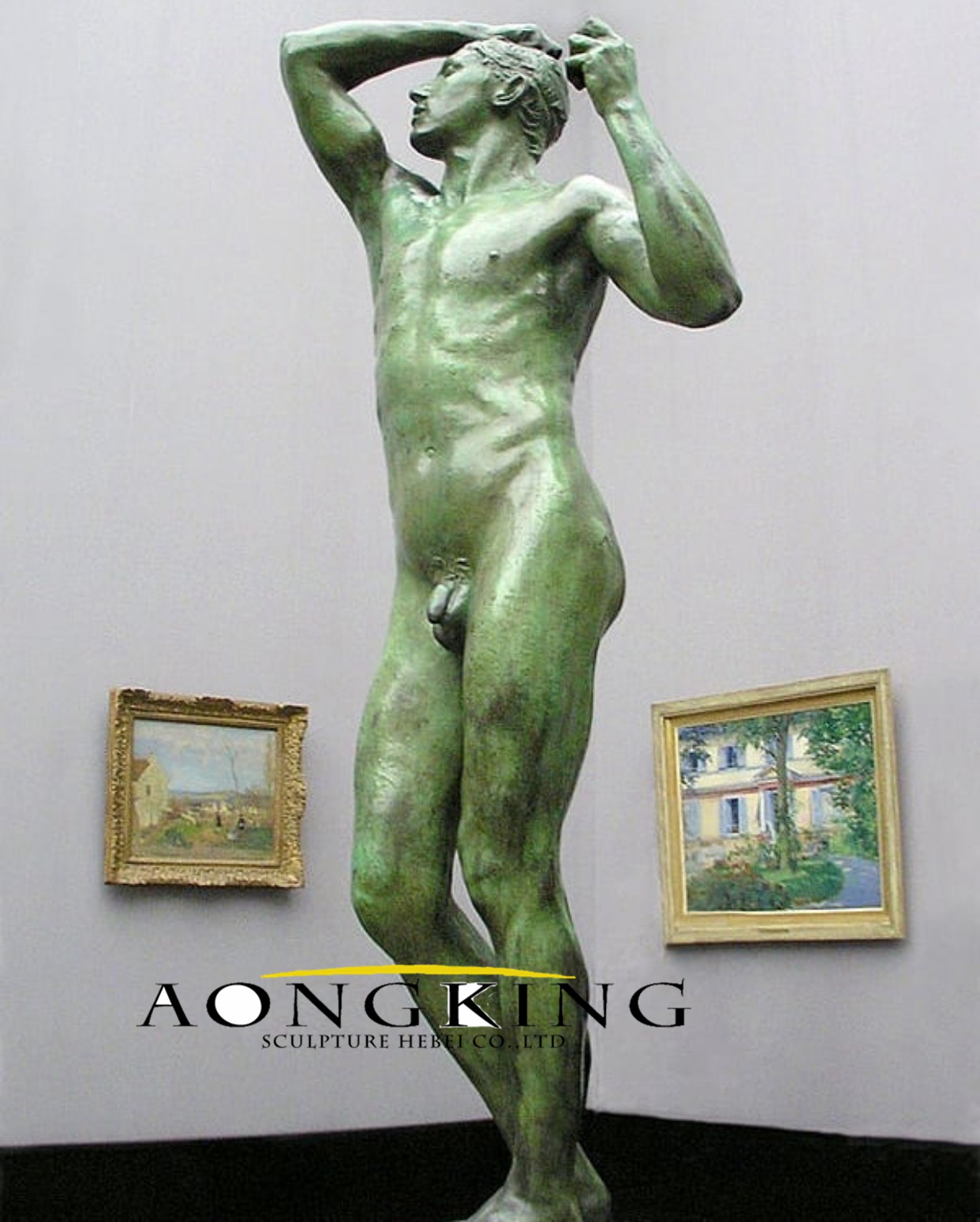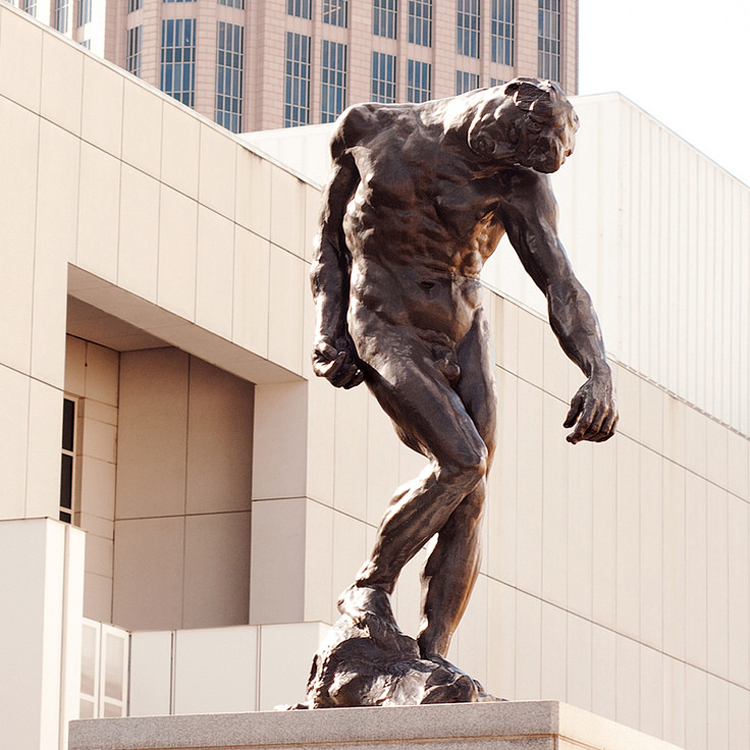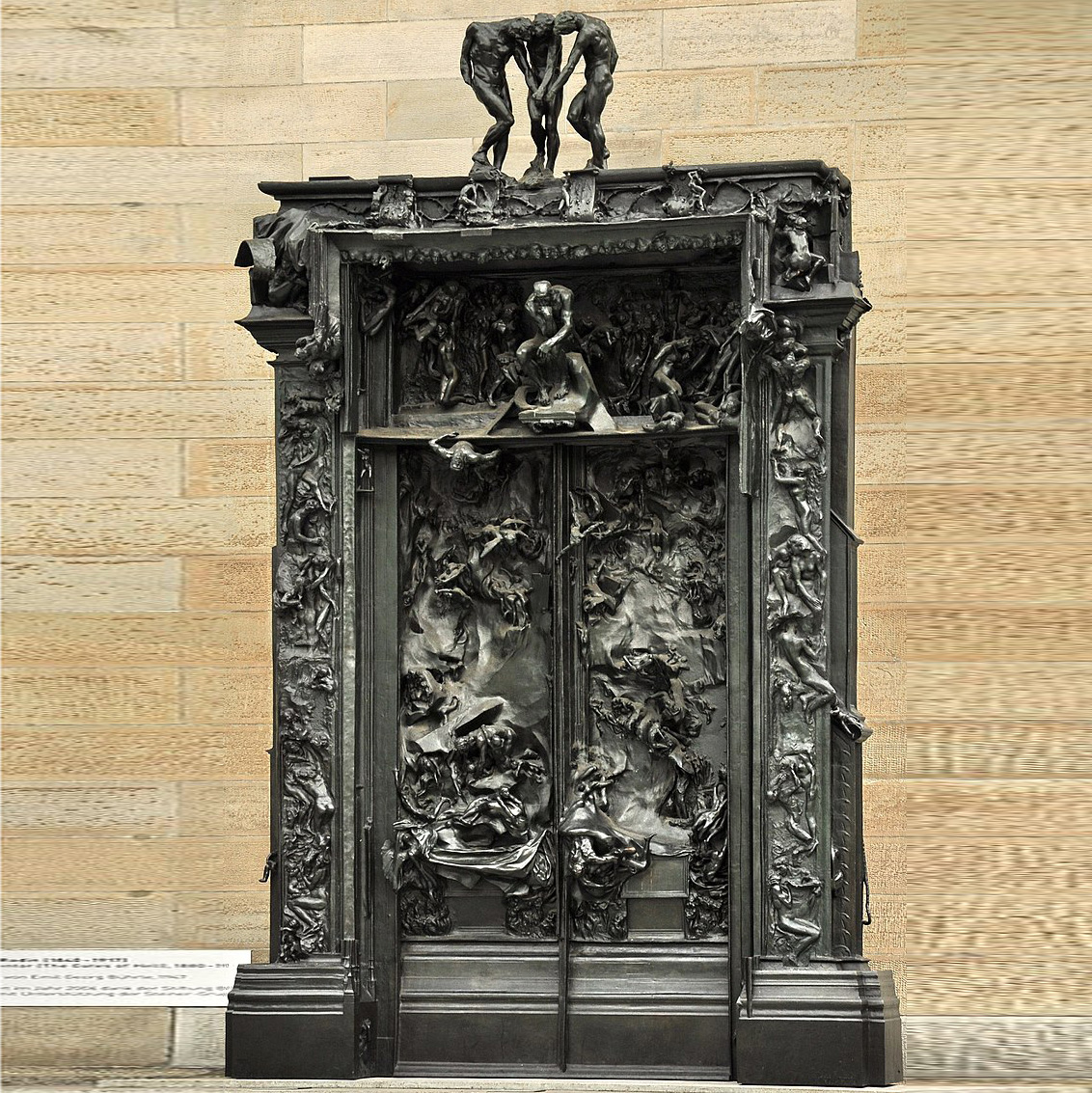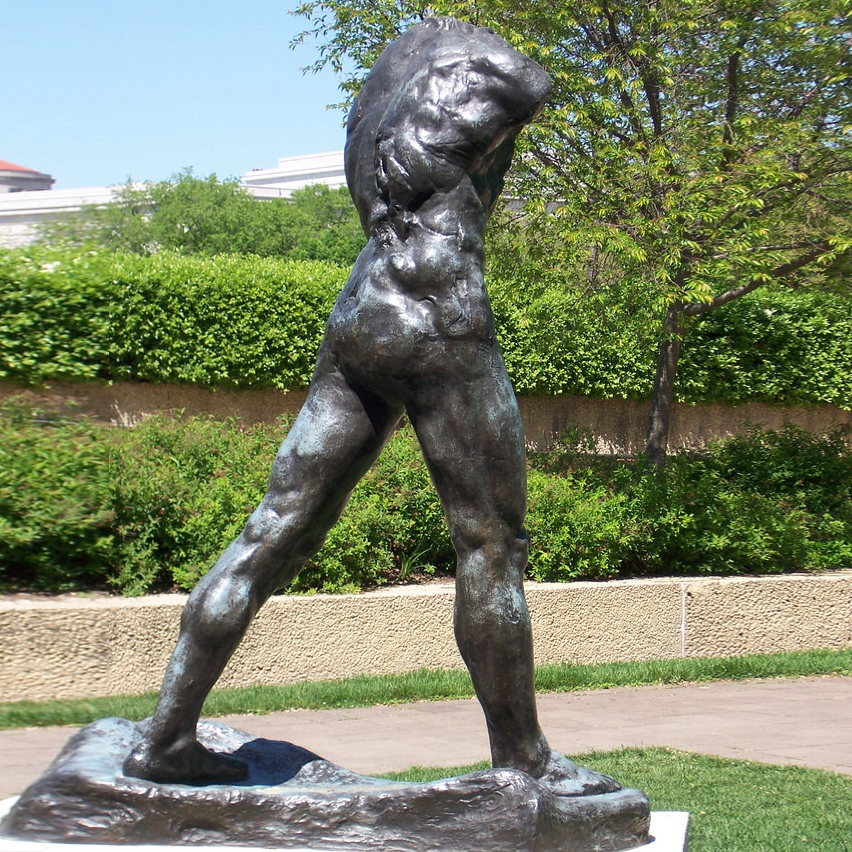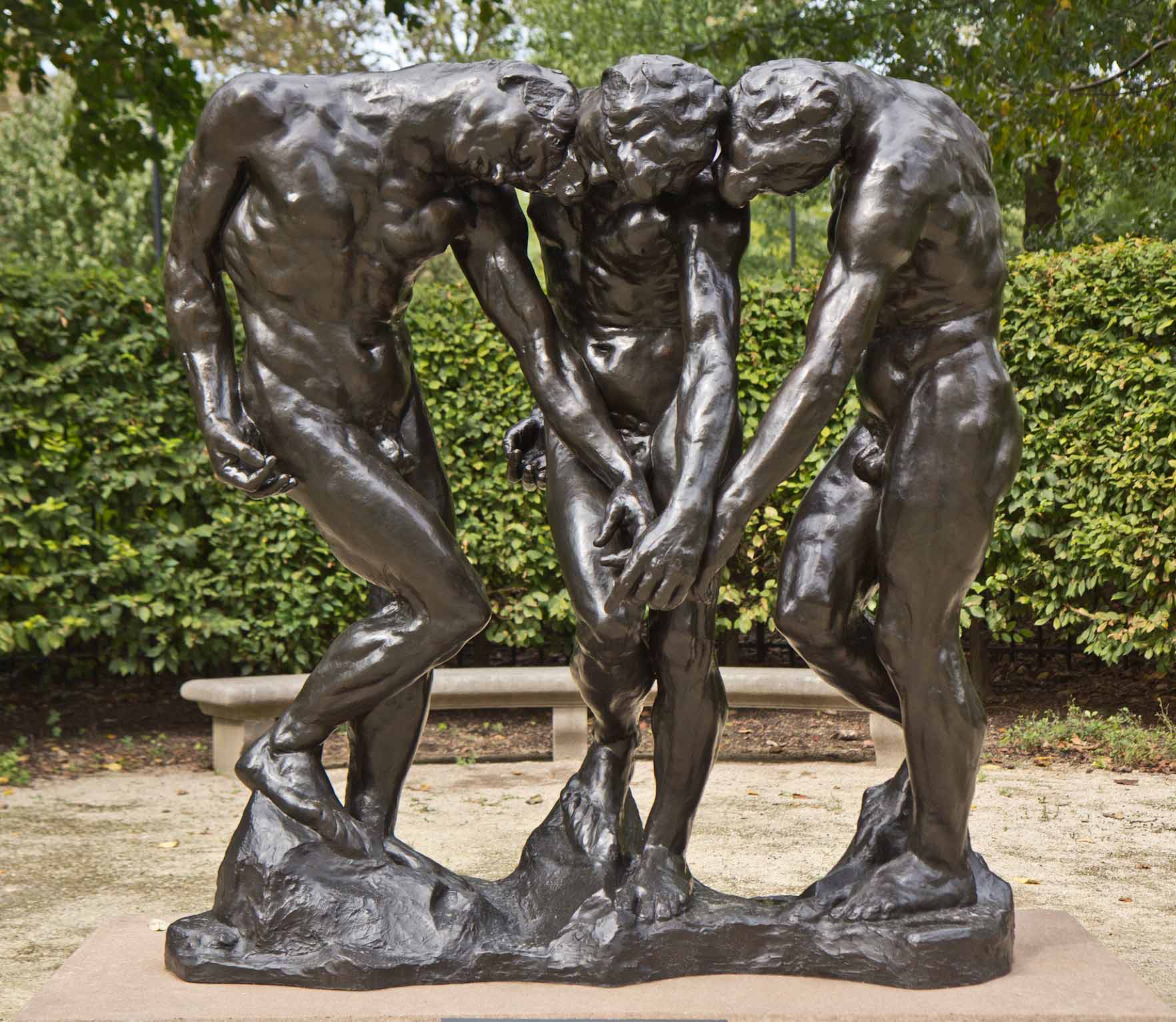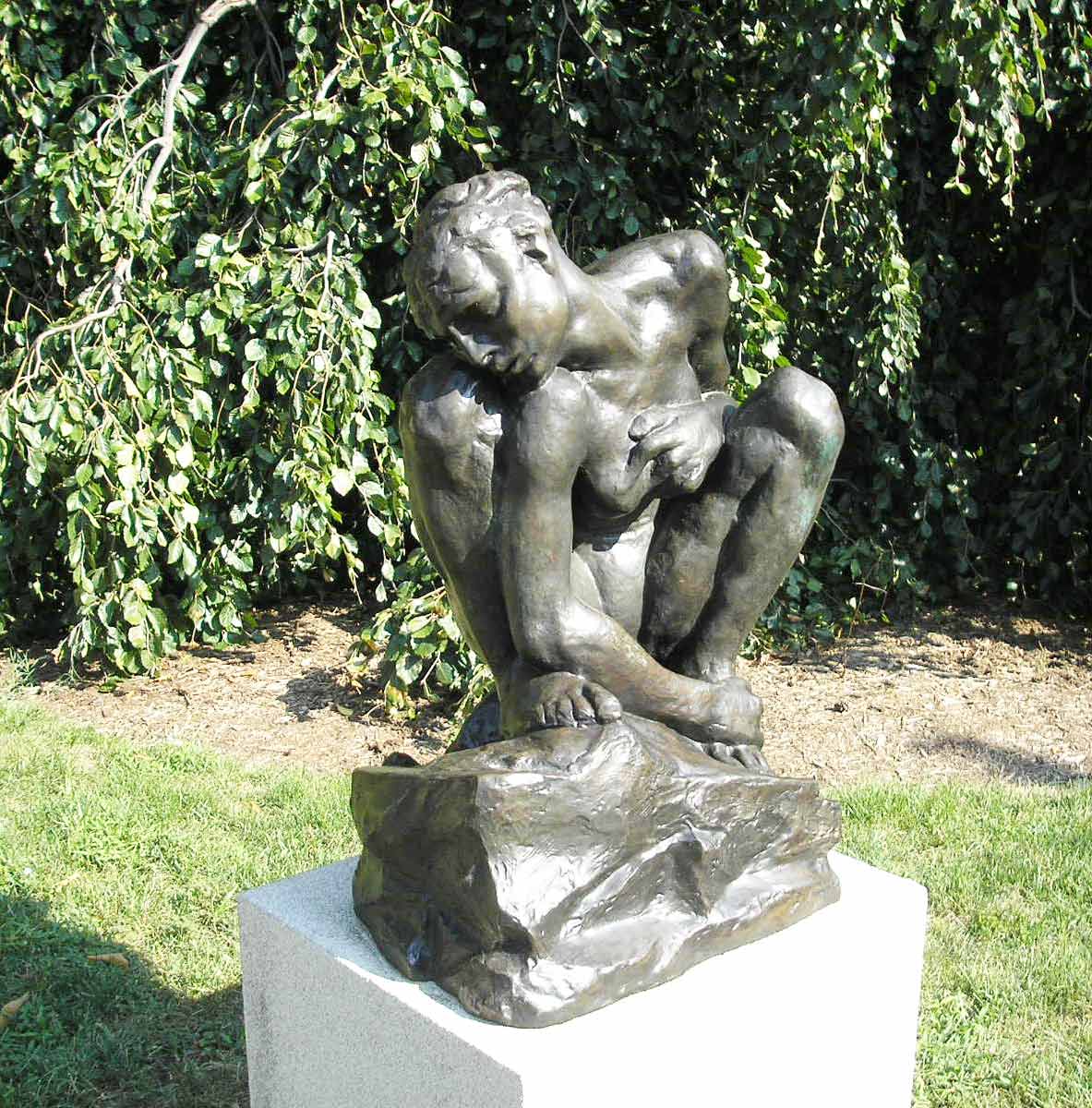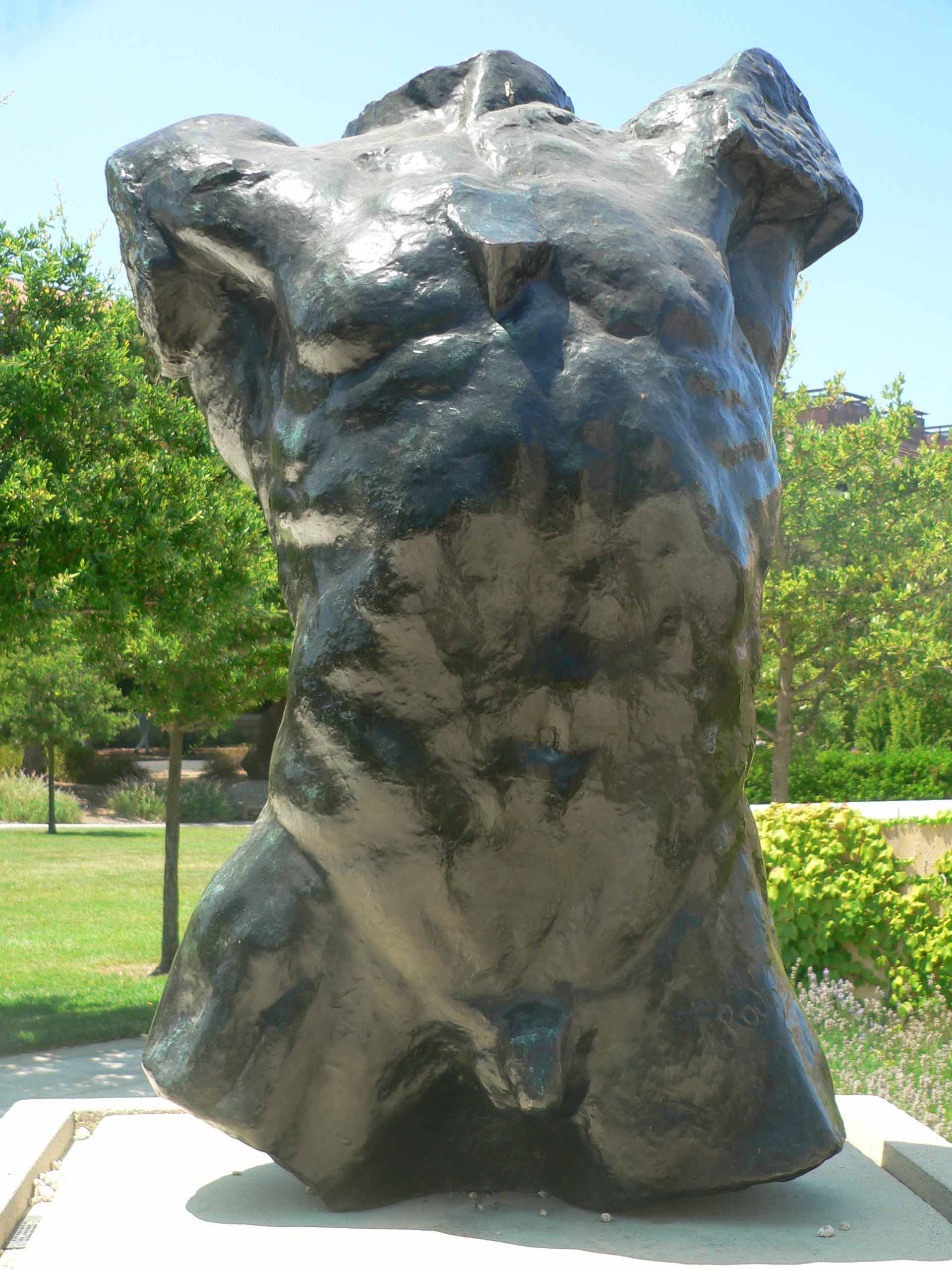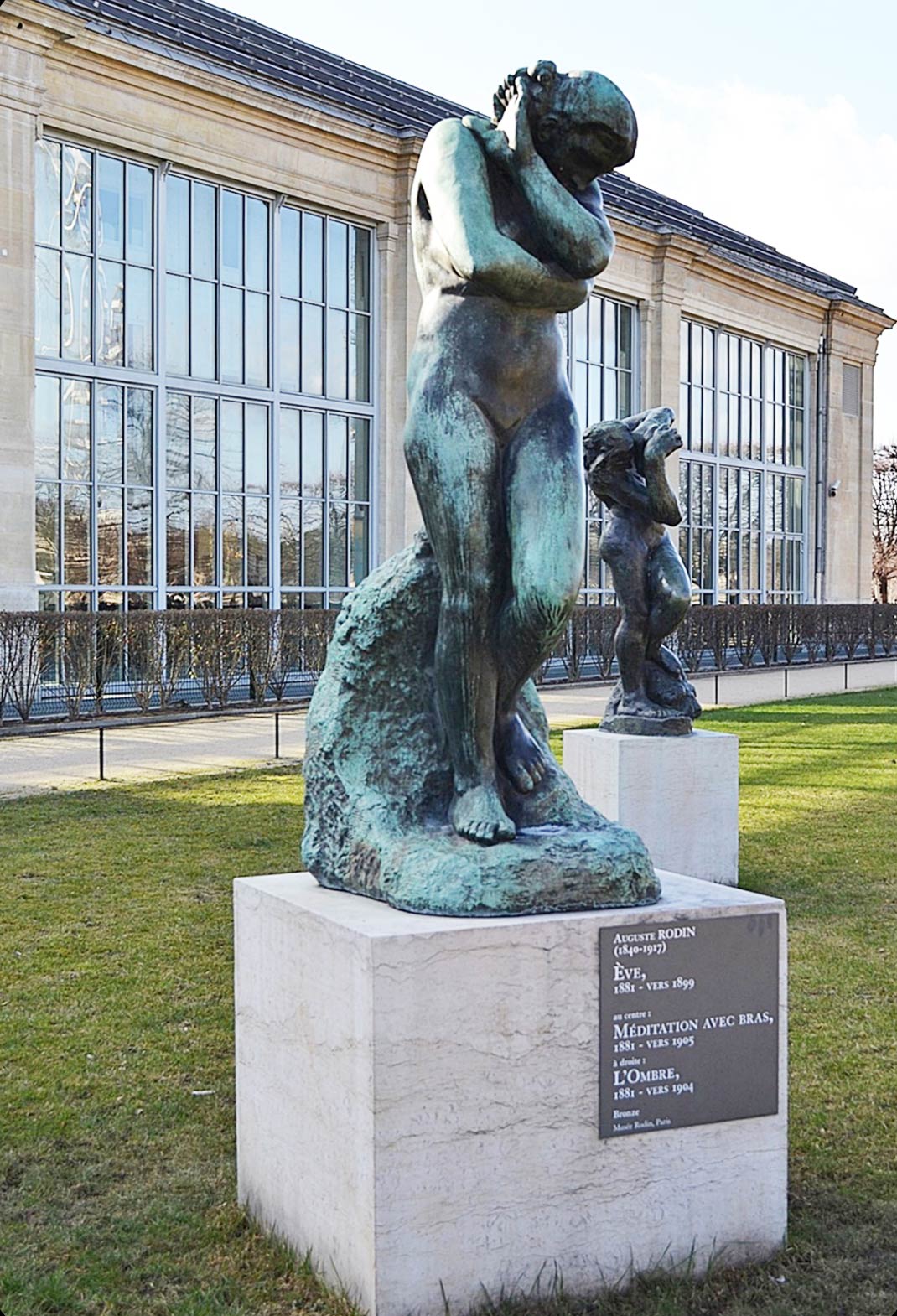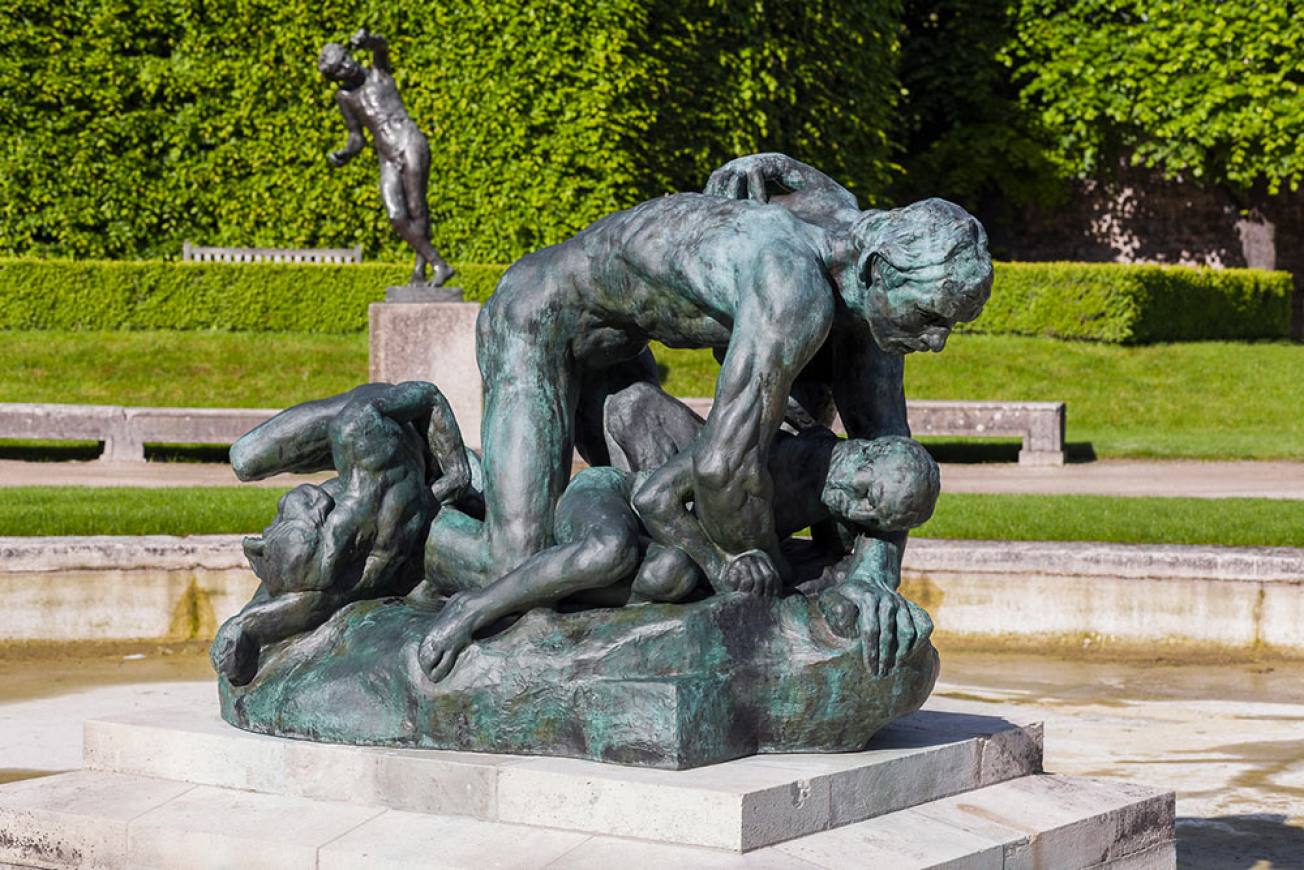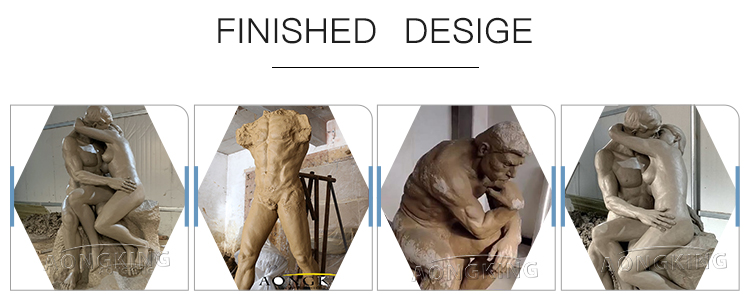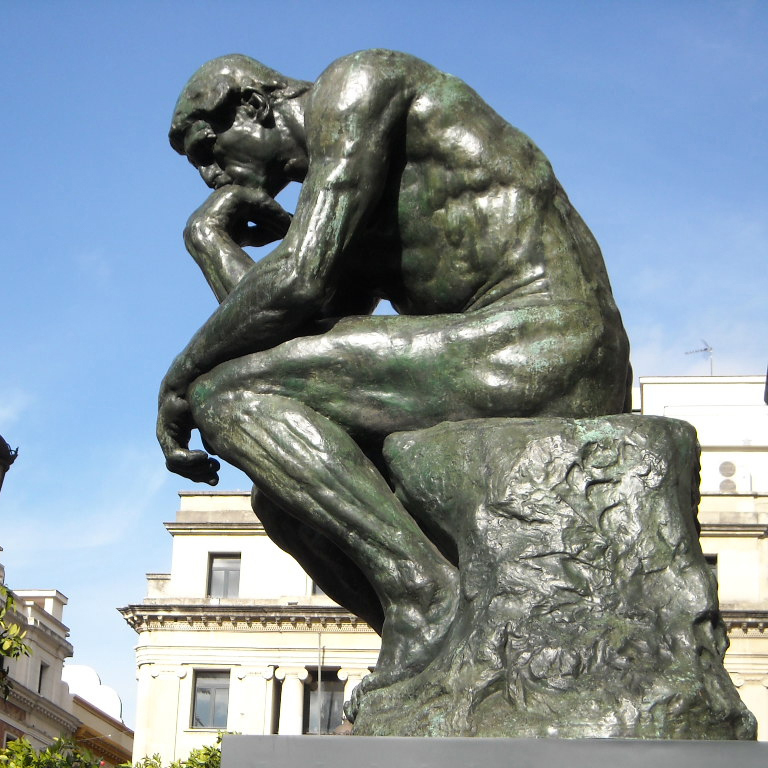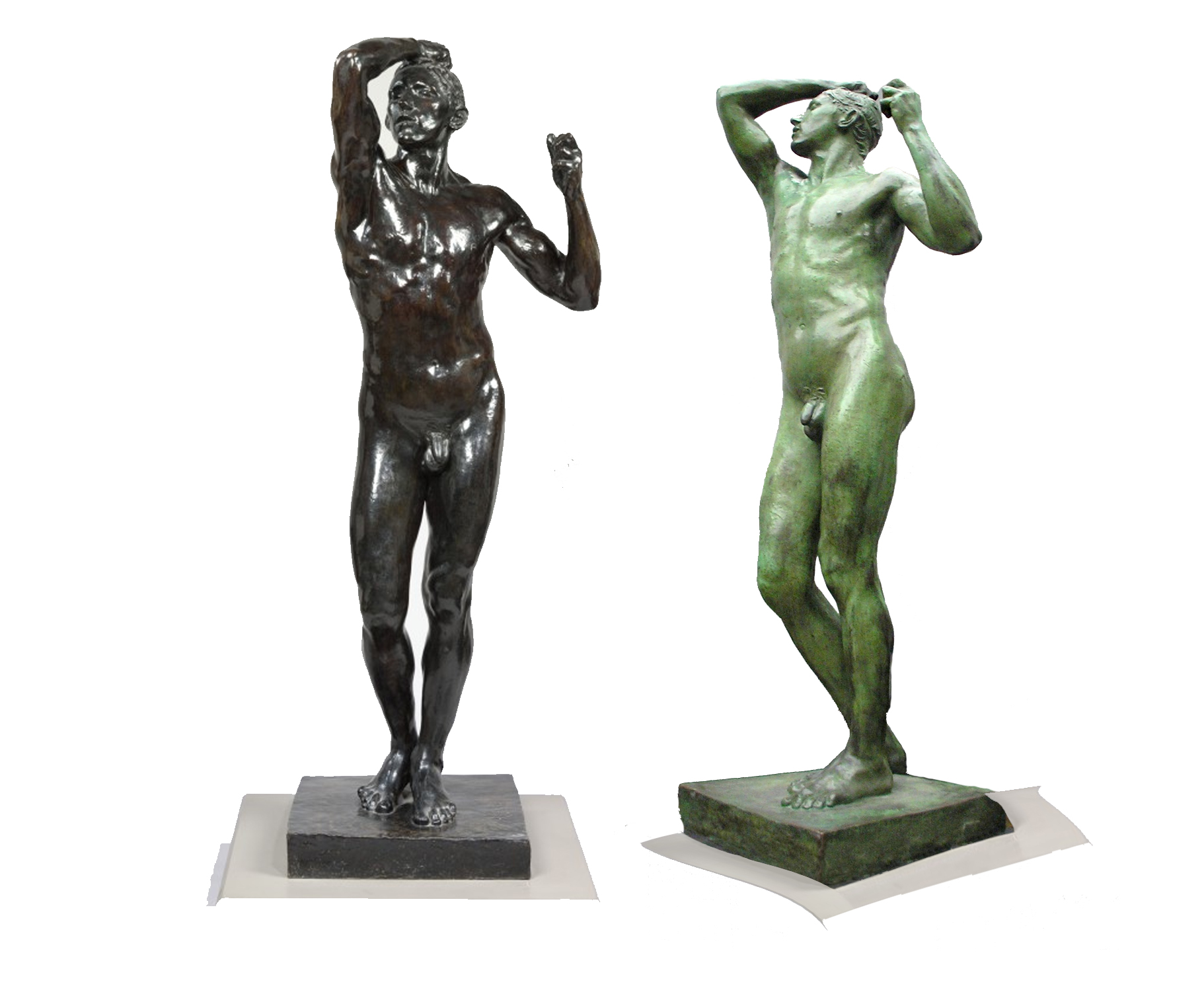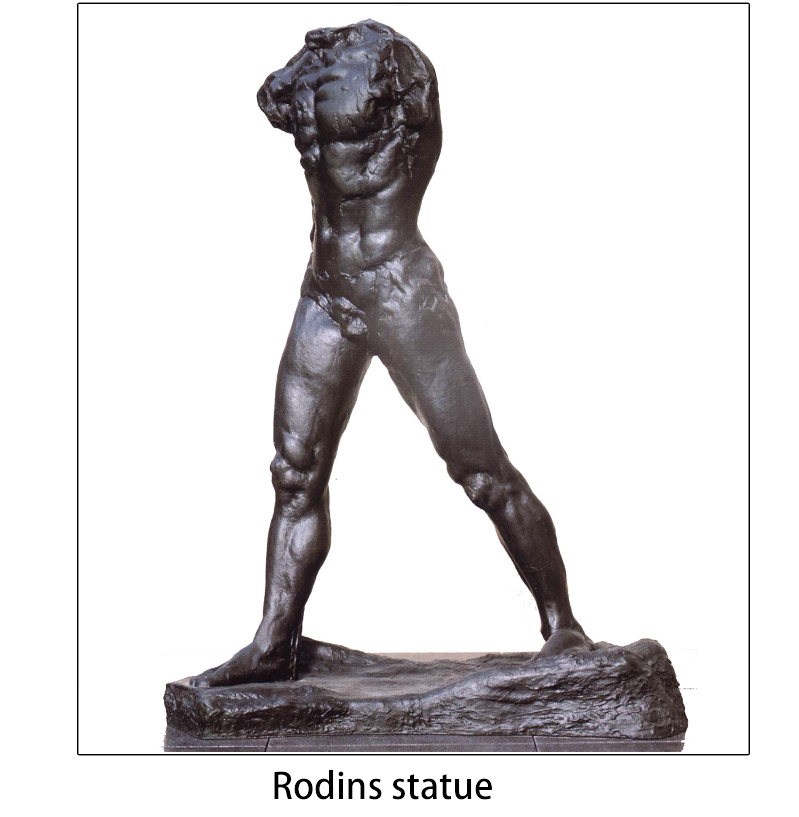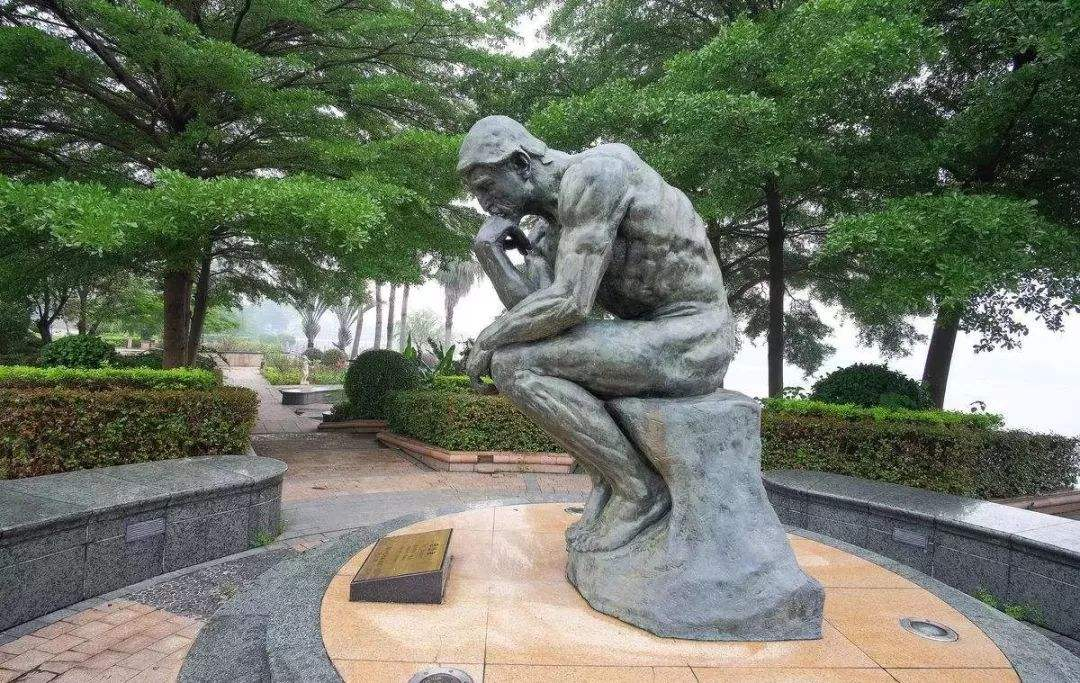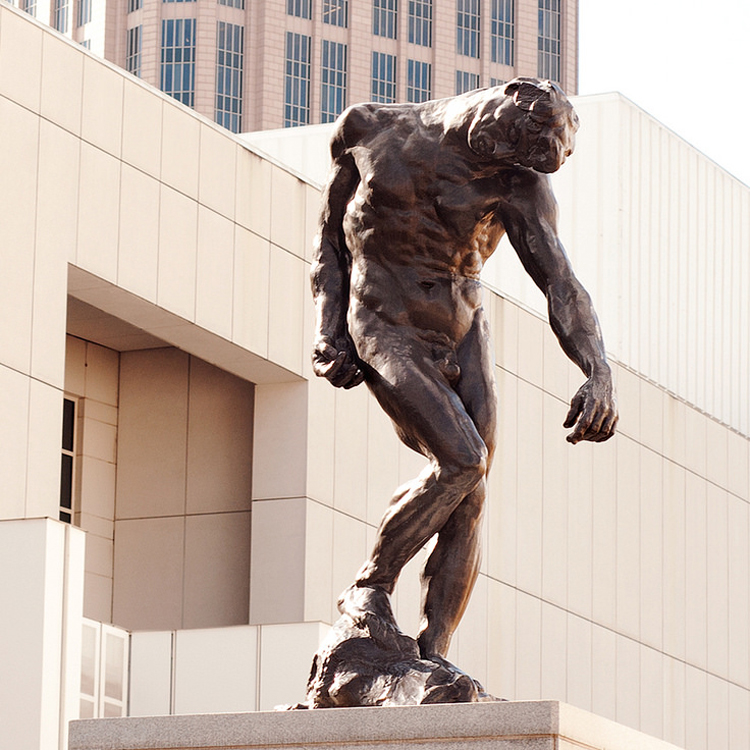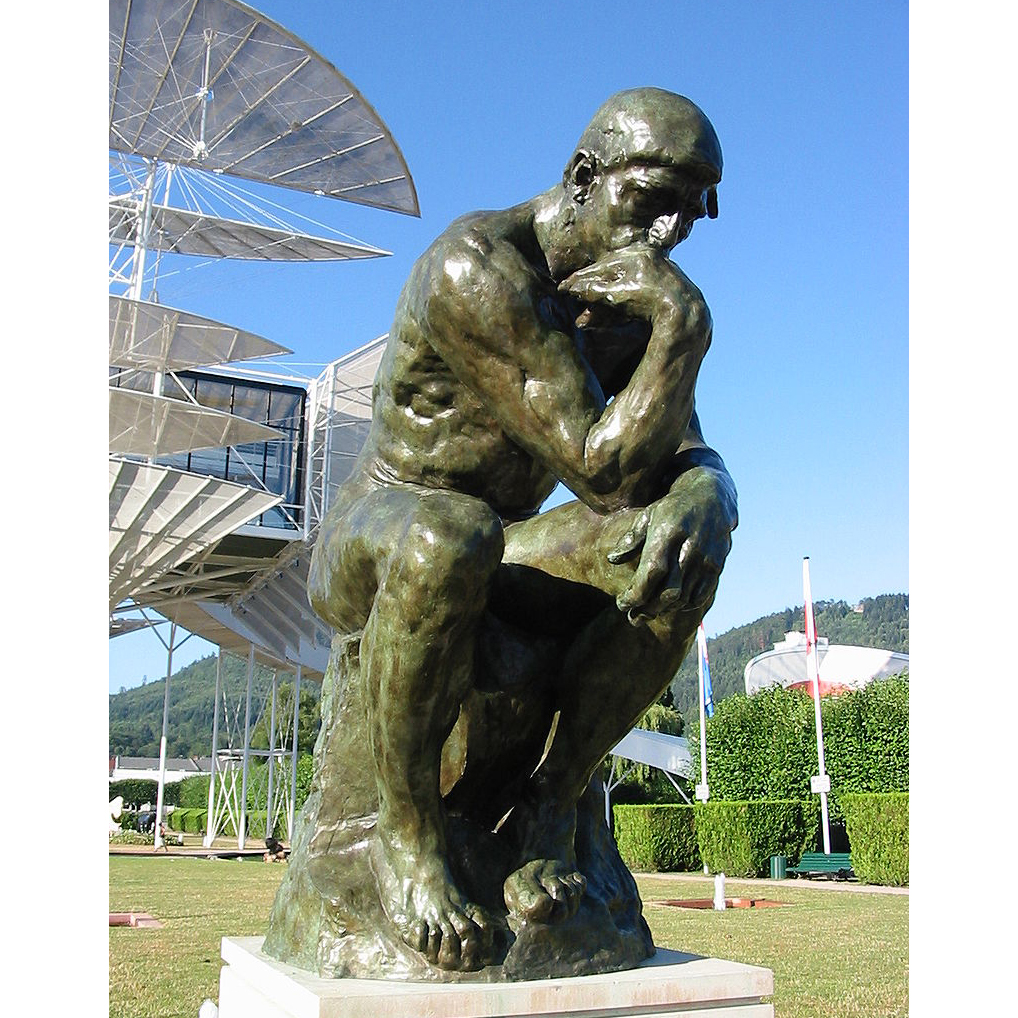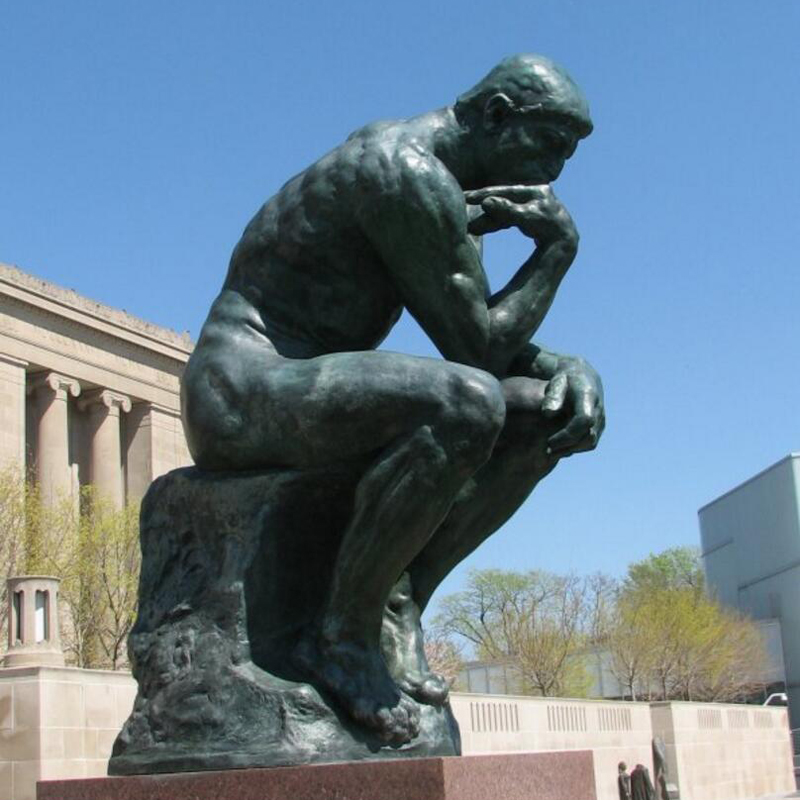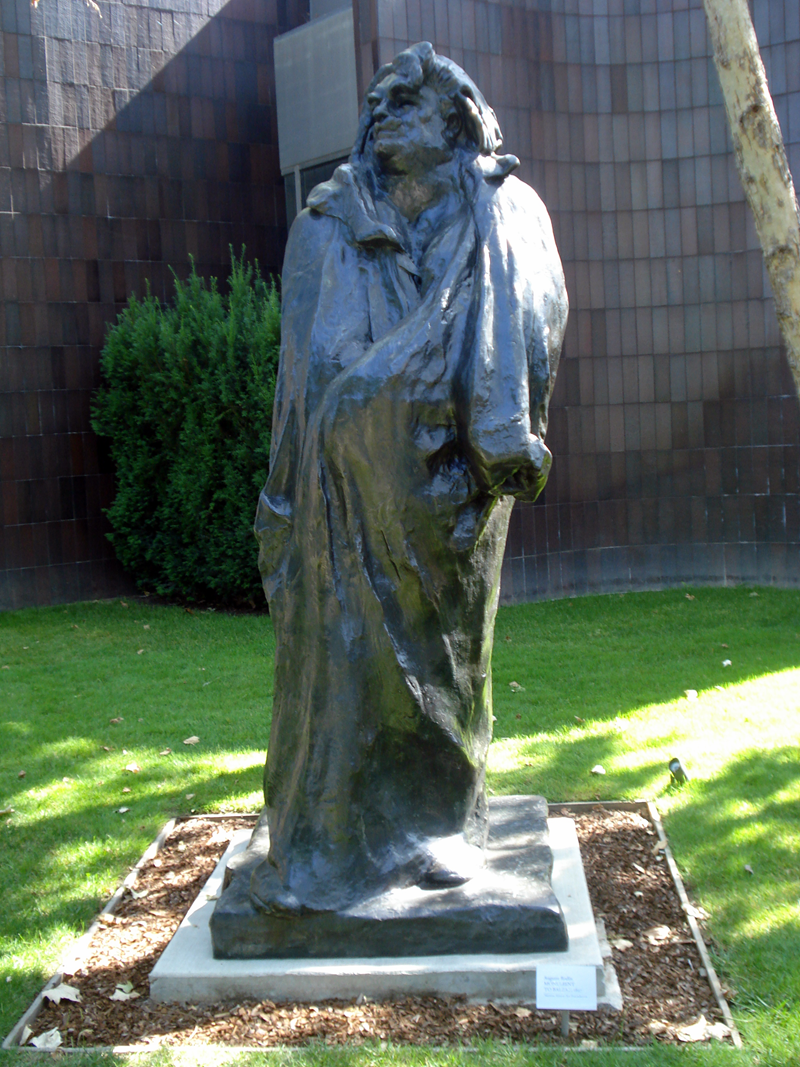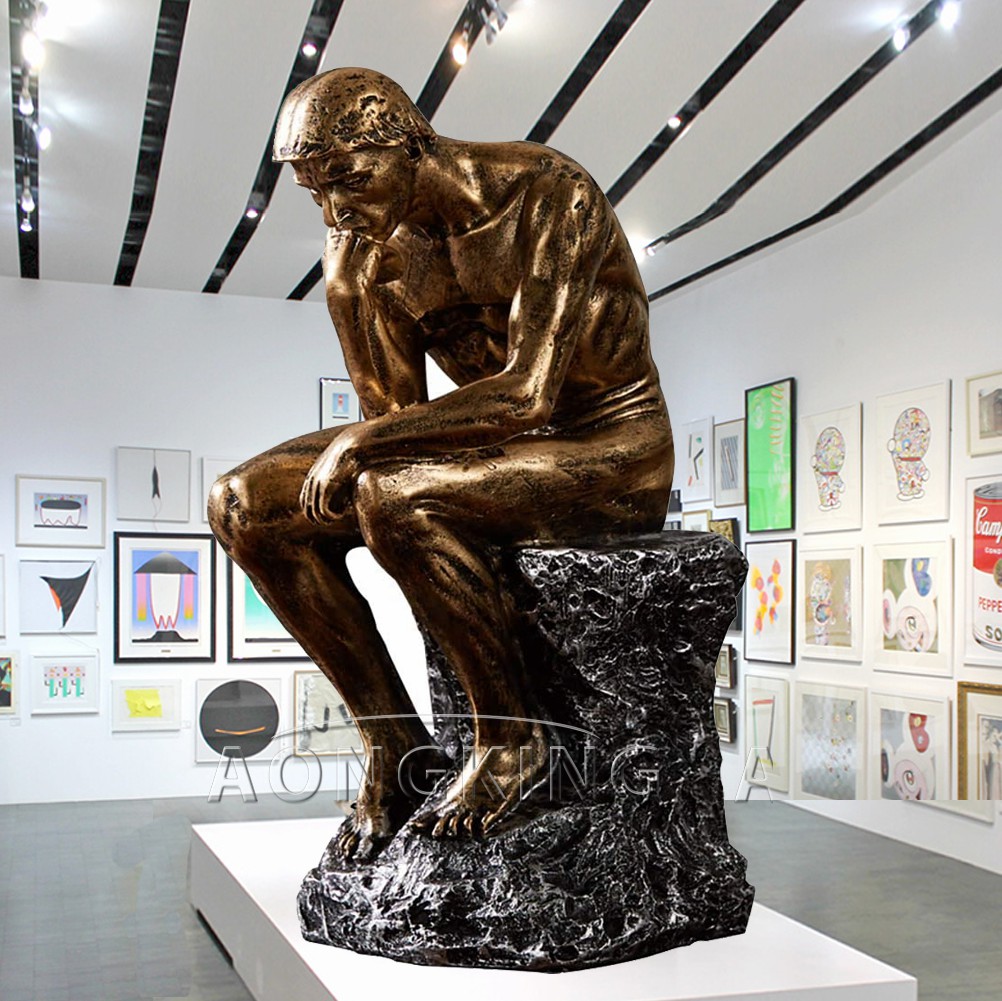STAR BRONZE RODIN SCULPTURE
| Aspect | Description |
|---|---|
| Artist | Auguste Rodin (1840-1917) |
| Style | Rodin is associated with the movement known as “Impressionism” and later “Symbolism.” His work combines elements of realism, impressionism, and abstraction, breaking away from traditional sculptural conventions of his time. |
| Subjects | Rodin’s sculptures often depict human figures in various emotional and psychological states. He explores themes such as love, passion, suffering, and the human condition. Some of his notable works include “The Thinker,” “The Kiss,” and “The Burghers of Calais.” |
| Technique | Rodin employed a dynamic and expressive sculpting technique, characterized by rough surfaces, fragmented forms, and visible marks left by his hands and tools. His sculptures often convey a sense of movement, energy, and emotional intensity. |
| Material | Rodin primarily worked with bronze, but he also experimented with marble, plaster, and other materials. His bronze sculptures were cast using the lost-wax casting technique, allowing for detailed reproduction of his original models. |
| Scale | Rodin created sculptures in various sizes, ranging from small-scale studies and maquettes to monumental works. Some of his sculptures were initially created as small models and later enlarged for larger installations. |
| Influence | Rodin’s innovative approach to sculpture had a profound impact on the art world and influenced generations of artists. He is considered a pioneer of modern sculpture, bridging the gap between traditional and avant-garde styles. |
| Legacy | Rodin’s sculptures are widely celebrated and exhibited in museums and art institutions around the world. His work continues to inspire artists and captivate audiences with its emotional depth, technical skill, and artistic vision. |
| Exhibition | Rodin’s sculptures are often showcased in dedicated museum spaces, such as the Musée Rodin in Paris, which houses a substantial collection of his works. Traveling exhibitions and loaned pieces also allow audiences to experience his sculptures in various locations. |
| Artistic Philosophy | Rodin believed in capturing the vitality and essence of the human form, emphasizing the individuality and expressiveness of his subjects. He sought to evoke emotion and provoke introspection through his sculptural creations. |
| Public Monuments | Several public monuments and memorials feature Rodin’s sculptures, contributing to their widespread recognition and cultural significance. These monumental installations often convey powerful narratives and commemorate historical events or individuals. |
Rodin (Auguste Rodin) is a famous French sculptor known for his innovative approach to sculpture and his passionate depiction of the human form. One of his most renowned works is Sculpture of “The Thinker” (French: Le Penseur), which has become a symbol of intellectual contemplation.
“The Thinker” portrays a nude male figure sitting on a rock, deep in thought, with his hand supporting his chin. Rodin initially conceived the sculpture as part of his larger work, Sculpture of “The Gates of Hell,” inspired by Dante Alighieri’s “Inferno.” “The Thinker” originally represented Dante himself, contemplating the scenes of anguish unfolding around him.
However, “The Thinker” gained such widespread popularity that it eventually became an independent sculpture and stood out on its own. Rodin created multiple versions of “The Thinker” in different sizes and materials, including bronze and marble. The sculpture is admired for its powerful representation of introspection and has become one of the most famous works of art in the world.
In addition to “The Thinker,” Rodin created numerous other well-known sculptures. Some notable examples include the Sculpture of “The Kiss” (French: Le Baiser), “The Burghers of Calais” (French: Les Bourgeois de Calais), and “The Gates of Hell” (French: La Porte de l’Enfer). His sculptures often explore themes of human emotion, passion, and the human condition.
Rodin’s unique style and approach to sculpture profoundly impacted the art world, paving the way for modern sculpture. His emphasis on capturing the expressive qualities of the human form and his willingness to break away from traditional artistic conventions established him as one of the most important sculptors of his time. Today, Rodin’s works can be found in museums and art collections worldwide, and his influence on the art world continues to resonate.


